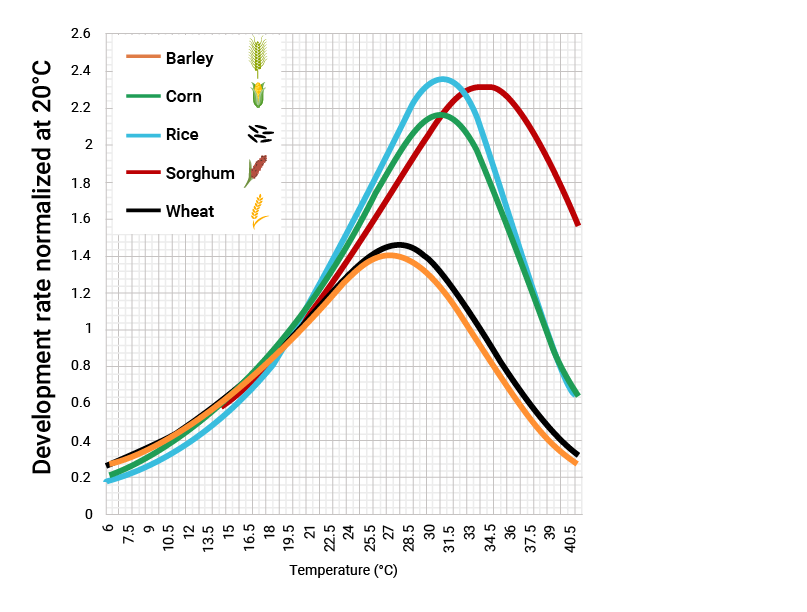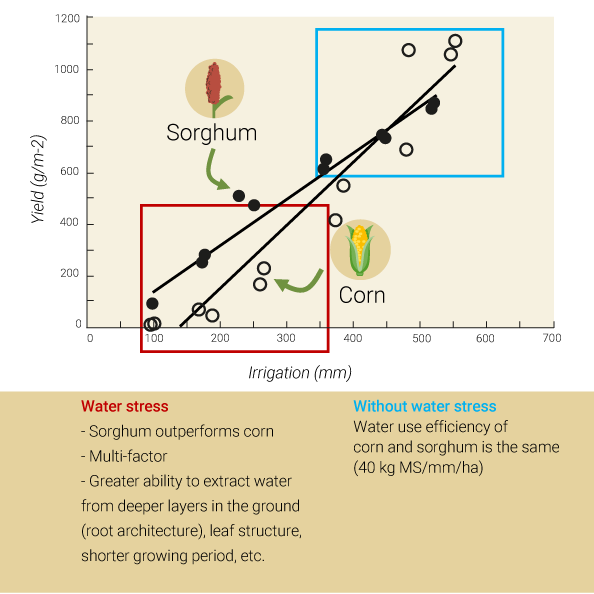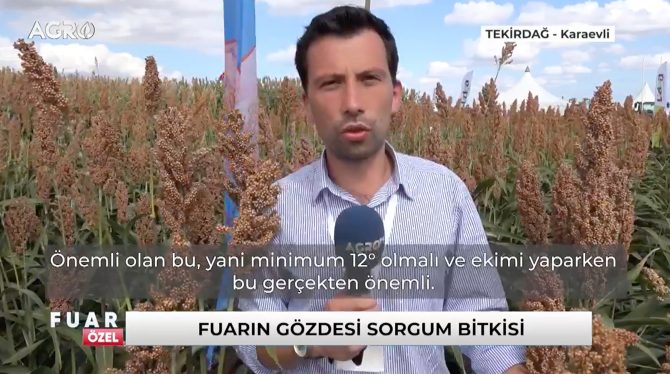The response of agriculture to climate and environmental challenges.

This issue was the theme of the contribution from Serge Zaka, a passionate agroclimatology scientist. His research work focuses on the impact of climate change on agriculture. The key points in his intervention in the 2021 congress are as follows.
What will be the climate consequences of an average rise in temperatures of +3°C (according to the IPCC scenario) in our regions?
- The Mediterranean basin will be the “hot spot” of climate change; annual rainfall levels will drop considerably
- Central Europe, however, will see little impact on annual rainfall levels. But the true problem will come from:
- The distribution of this rainfall over the year: more abundant in winter “ +7% water per 1°C rise” and poor in summer (when crop water needs are highest)
- Less efficient precipitation (runoff risk)
- The regular appearance of extreme temperatures reaching up to 50°C is a risk in Europe (episodes of more than 45°C have already been observed in the south of France).
How is sorghum more resilient than other crops in relation to climate change?
Sorghum is more successful at high temperatures.
Reaction to temperature

The optimum temperature for sorghum is higher
Sorghum is more successful at high temperatures.
Sorghum has a shorter growing period.
| Crop | Growing period (in days) | Water need during the growing period (mm) |
|---|---|---|
| Rice | 90-150 | 450-700 |
| Corn | 125-180 | 500-800 |
| Barley | 120-150 | 450-650 |
| Wheat | 120-150 | 450-650 |
| Sorghum | 120-130 | 450-650 |
Sorghum needs a shorter growing period and less water than corn.
FAO
In the case of water stress, sorghum is more productive than corn

Continue ?
4 technical sessions and many reports

An industry with promising outlets













